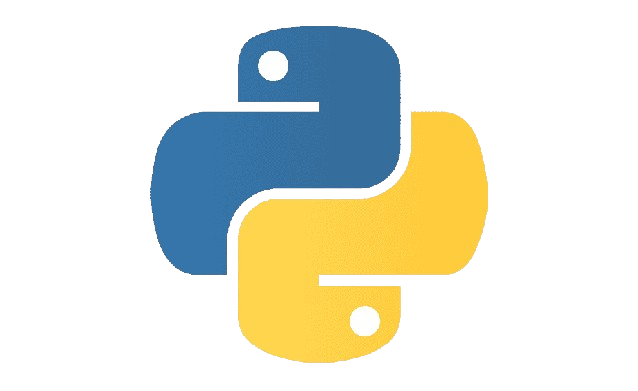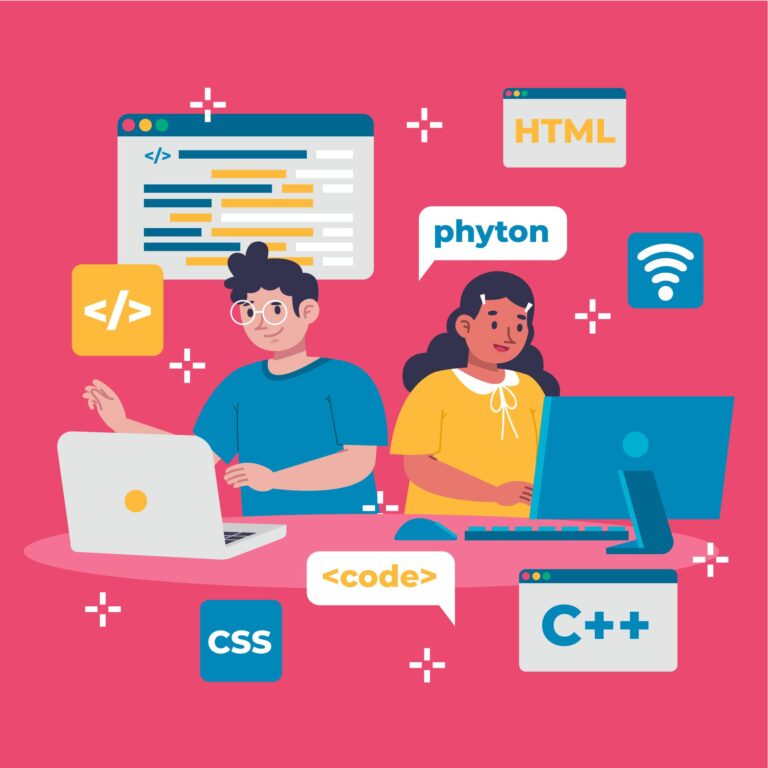Introduction:
Python has emerged as one of the most popular programming languages in the world, celebrated for its simplicity, versatility, and readability. Whether you’re a seasoned developer or a novice coder, Python offers a rich ecosystem of tools and libraries that make it ideal for a wide range of applications—from web development and data analysis to machine learning and artificial intelligence. In this blog, we’ll embark on a journey to explore the ins and outs of Python programming, uncovering its key features, best practices, and real-world applications.
Chapter 1: Getting Started with Python
Let’s start with the basics. In this chapter, we’ll cover everything you need to know to get started with Python programming. From setting up your development environment and writing your first “Hello, World!” program to understanding Python’s syntax and data types, we’ll provide a solid foundation for your Python journey. Whether you’re coming from another programming language or starting from scratch, Python’s gentle learning curve makes it easy to pick up and start coding.
Chapter 2: Essential Python Concepts
In this chapter, we’ll delve deeper into some of the essential concepts that make Python such a powerful language. We’ll explore topics such as variables and data structures (lists, tuples, dictionaries), control flow (if statements, loops), functions, and object-oriented programming. Understanding these fundamental concepts is key to writing clean, efficient, and maintainable Python code. We’ll provide plenty of examples and exercises to help reinforce your understanding along the way.
Chapter 3: Pythonic Idioms and Best Practices
Python has a rich set of idioms and best practices that help make code more readable, maintainable, and efficient. In this chapter, we’ll explore some of these Pythonic principles, such as list comprehensions, generator expressions, context managers, and duck typing. We’ll also discuss the importance of following PEP 8 (Python Enhancement Proposal 8), which outlines guidelines for writing clean and consistent Python code. By embracing Pythonic idioms and best practices, you’ll become a more proficient and effective Python programmer.
Chapter 4: Working with Libraries and Packages
One of the great strengths of Python is its extensive ecosystem of third-party libraries and packages. In this chapter, we’ll explore some of the most popular libraries for various tasks, including NumPy and pandas for data analysis, Matplotlib and Seaborn for data visualization, Flask and Django for web development, TensorFlow and PyTorch for machine learning, and many more. We’ll discuss how to install and use these libraries in your projects, as well as strategies for managing dependencies and virtual environments.
Chapter 5: Python for Data Analysis and Visualization
Data analysis and visualization are among the most common tasks performed with Python. In this chapter, we’ll focus on how to use Python for these purposes, leveraging libraries such as NumPy, pandas, Matplotlib, and Seaborn. We’ll cover topics such as loading and manipulating data, performing basic statistical analysis, creating various types of plots and charts, and presenting your findings effectively. Whether you’re a data scientist, business analyst, or researcher, Python’s powerful data analysis and visualization capabilities are sure to impress.
Chapter 6: Python for Web Development
Python is also a popular choice for web development, thanks to frameworks like Flask and Django. In this chapter, we’ll explore how to use Python to build dynamic and interactive web applications. We’ll cover topics such as handling HTTP requests and responses, routing requests to the appropriate handlers, rendering templates, working with databases, and deploying your web applications to production servers. Whether you’re building a simple blog or a complex e-commerce site, Python’s versatility and ease of use make it an excellent choice for web development projects.
Chapter 7: Python for Machine Learning and Artificial Intelligence
Machine learning and artificial intelligence are hot topics in today’s tech world, and Python is at the forefront of these fields. In this chapter, we’ll explore how to use Python for machine learning and AI tasks, leveraging libraries such as scikit-learn, TensorFlow, and PyTorch. We’ll cover topics such as building and training machine learning models, evaluating model performance, and deploying machine learning solutions in real-world applications. Whether you’re interested in predictive modeling, natural language processing, computer vision, or reinforcement learning, Python has you covered.
Chapter 8: Advanced Python Topics
In this final chapter, we’ll dive into some more advanced topics and techniques for Python programming. We’ll explore topics such as concurrency and parallelism, asynchronous programming with asyncio, metaprogramming, and extending Python with C/C++ extensions. We’ll also discuss debugging and profiling techniques for optimizing the performance of your Python code. By mastering these advanced topics, you’ll be well on your way to becoming a Python expert.
Conclusion:
Congratulations! You’ve completed our comprehensive guide to Python programming. Whether you’re just starting out or looking to level up your skills, Python offers endless possibilities for creativity, innovation, and problem-solving. From web development and data analysis to machine learning and artificial intelligence, Python is the language of choice for developers around the world. So what are you waiting for? Start coding with Python today and unlock the power of programming excellence!






I like the helpful info you provide iin your articles.
I’ll bookmark your boog and ccheck again here frequently.
I’m quite sure I’ll learn many new stuff right here!
Good luck for the next! https://Waste-NDC.Pro/community/profile/tressa79906983/